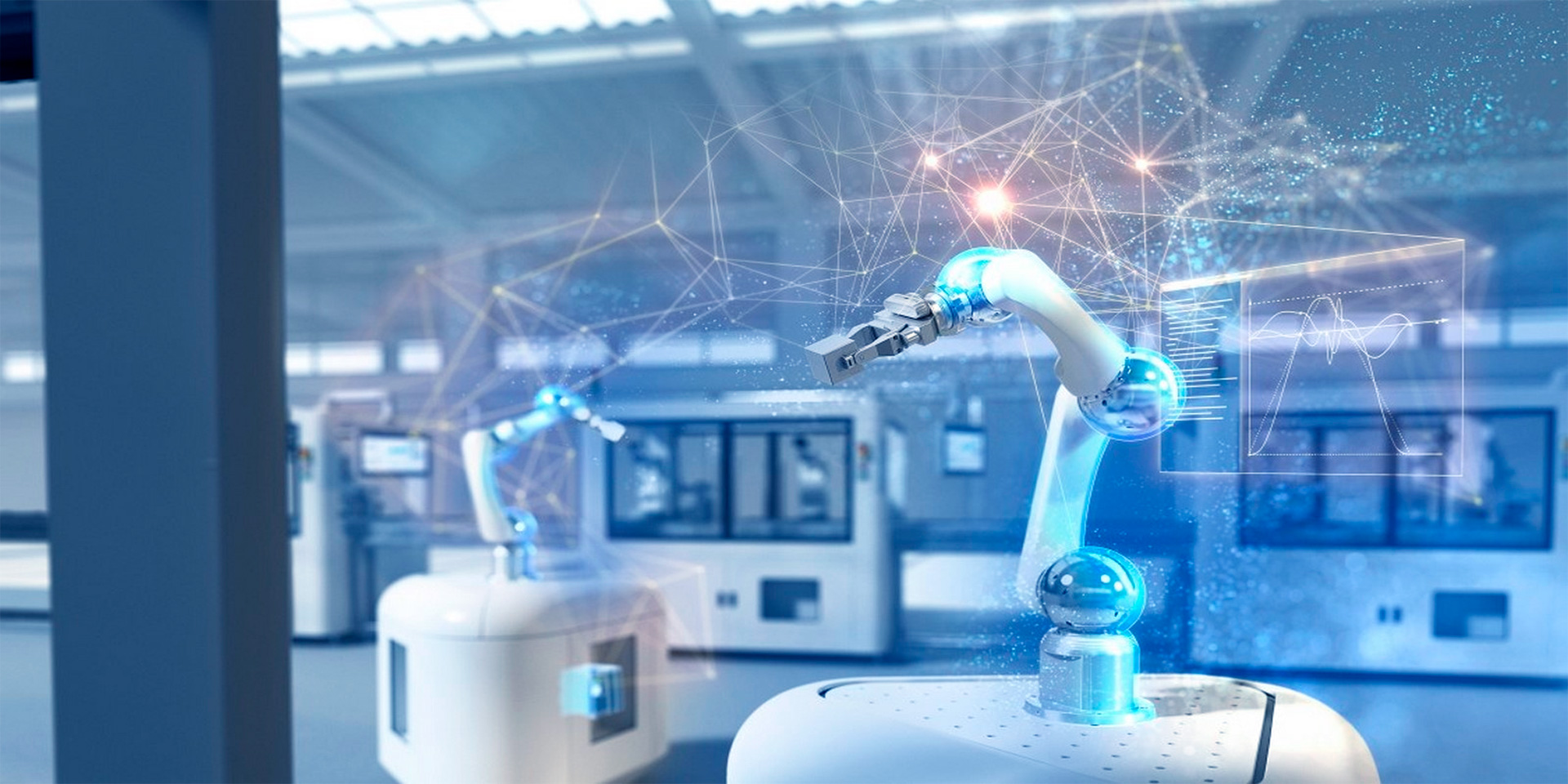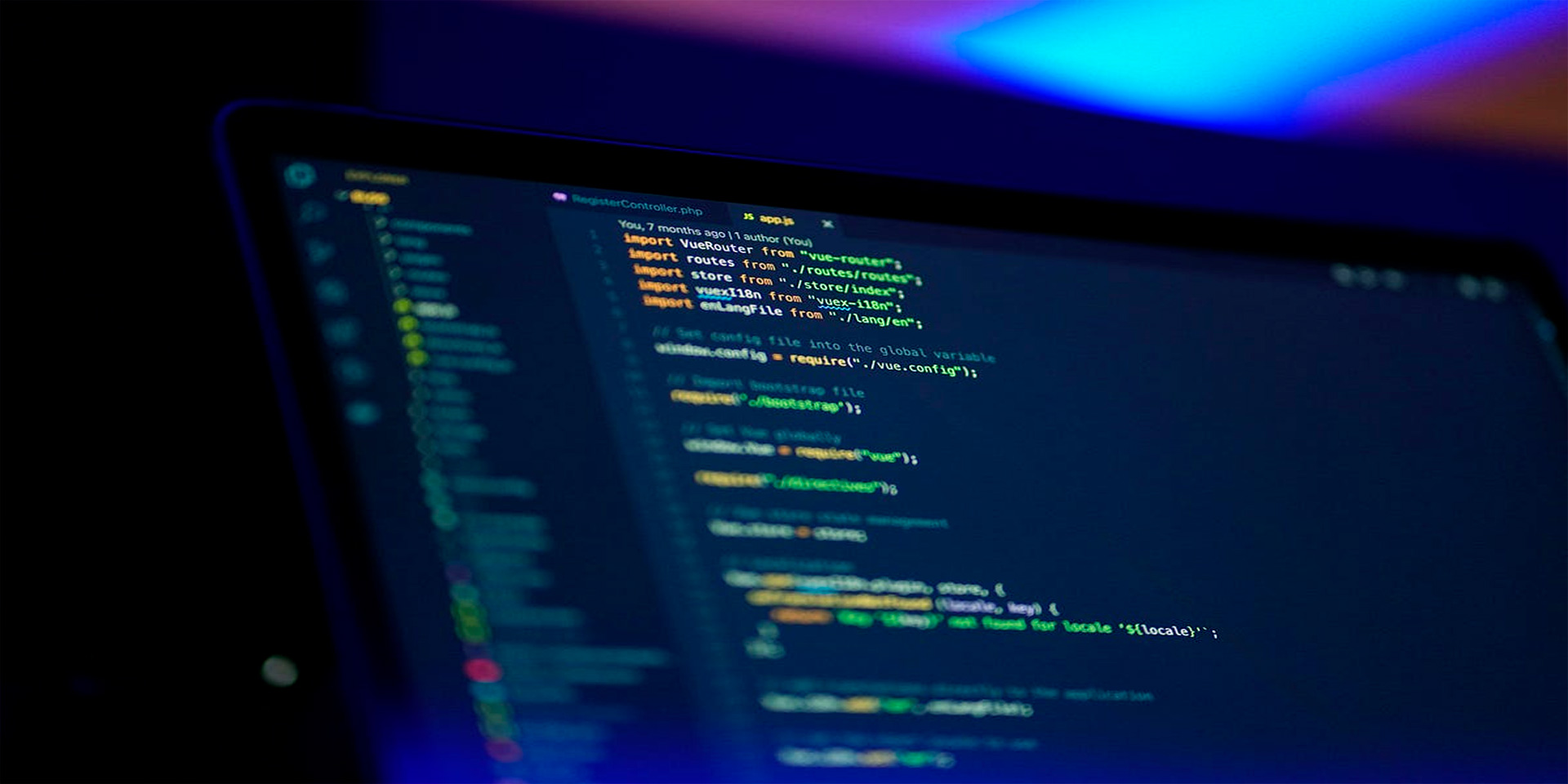The IT industry is continuously evolving, driven by groundbreaking technologies that reshape the landscape. Staying updated on the latest emerging technologies is crucial for professionals and businesses to remain competitive and innovative. This article explores the latest emerging technologies in the IT industry and their potential impact on various sectors.
Artificial Intelligence and Machine Learning
Artificial Intelligence (AI) and Machine Learning (ML) have been at the forefront of technological advancements. These technologies are transforming industries by enabling systems to learn from data, make decisions, and improve over time without human intervention.
Key Developments in AI and ML
Natural Language Processing (NLP) advancements enable machines to understand, interpret, and generate human language, enhancing applications like chatbots, virtual assistants, and language translation services. Computer vision allows computers to interpret and make decisions based on visual data, with applications in facial recognition, autonomous vehicles, and medical image analysis. Reinforcement learning, a subset of ML where agents learn by interacting with their environment, leads to significant improvements in robotics, gaming, and decision-making systems.
The impact of AI and ML spans across various industries, including healthcare, finance, retail, and manufacturing, driving efficiency, innovation, and personalized experiences.
Quantum Computing
Quantum computing represents a revolutionary leap in computational power, promising to solve complex problems that are currently intractable for classical computers. This technology leverages the principles of quantum mechanics to perform computations at unprecedented speeds.
Significant Advancements in Quantum Computing
Quantum supremacy, achieved by Google, marks a milestone where quantum computers outperform the most advanced classical supercomputers for specific tasks. Quantum cryptography ensures highly secure communication by leveraging the principles of quantum mechanics, making it virtually impossible to intercept data without detection. Quantum simulation allows for the modeling of complex molecular structures and chemical reactions, accelerating advancements in drug discovery and materials science.
Quantum computing has the potential to transform fields such as cryptography, materials science, and optimization, driving breakthroughs that were previously thought impossible.

Blockchain Technology
Blockchain technology, best known for underpinning cryptocurrencies like Bitcoin, has far-reaching applications beyond digital currencies. Its decentralized, secure, and transparent nature makes it suitable for various use cases.
Innovative Applications of Blockchain
In supply chain management, blockchain ensures transparency and traceability, reducing fraud, improving efficiency, and enhancing trust between stakeholders. Digital identity management benefits from blockchain’s secure and decentralized nature, reducing the risk of identity theft and enhancing privacy. Smart contracts are self-executing contracts that automatically enforce the terms of an agreement when predefined conditions are met, streamlining transactions and reducing the need for intermediaries.
The impact of blockchain technology extends to finance, healthcare, logistics, and government sectors, driving transparency, security, and efficiency.
Internet of Things (IoT)
The Internet of Things (IoT) connects physical devices to the internet, enabling them to collect and exchange data. This interconnected ecosystem of devices is transforming various aspects of daily life and industry operations.
Key Trends in IoT
Smart cities leverage IoT to develop intelligent infrastructure, such as smart traffic management, energy-efficient buildings, and connected public services, enhancing urban living. Industrial IoT (IIoT) connects industrial equipment to optimize operations, predictive maintenance, and improve safety in sectors like manufacturing, energy, and transportation. Wearable technology, driven by IoT, monitors health metrics, provides fitness tracking, and enhances personal safety, contributing to improved healthcare outcomes.
IoT is revolutionizing industries by providing real-time data insights, enhancing operational efficiency, and enabling new business models.
5G Technology
5G technology, the fifth generation of mobile networks, promises to deliver faster speeds, lower latency, and greater connectivity than ever before. This advancement is set to revolutionize communication and enable new technological innovations.
Major Benefits of 5G
Enhanced mobile broadband offers significantly higher data rates, enabling seamless streaming, gaming, and high-speed internet access on mobile devices. IoT integration is significantly improved with 5G, supporting a massive number of connected devices and enhancing the scalability and reliability of IoT applications. Ultra-low latency communication enables real-time applications such as autonomous vehicles, remote surgery, and immersive virtual reality experiences.
The widespread adoption of 5G technology will drive innovation across various sectors, including telecommunications, healthcare, and transportation, enhancing connectivity and enabling new applications.

Edge Computing
Edge computing involves processing data closer to the source of data generation, reducing latency and bandwidth usage. This technology is critical for real-time applications and IoT devices that require immediate data processing.
Key Applications of Edge Computing
In autonomous vehicles, edge computing enables real-time data processing, enhancing safety and decision-making capabilities. Smart grids in energy management benefit from edge computing by optimizing the distribution and consumption of energy, improving efficiency and reliability. In healthcare, edge computing supports real-time monitoring and analysis of patient data, enabling prompt medical responses and personalized care.
Edge computing enhances the performance of applications that require real-time processing, making it essential for the future of IoT and other data-intensive technologies.
Robotic Process Automation (RPA)
Robotic Process Automation (RPA) automates repetitive, rule-based tasks, freeing up human resources for more complex activities. This technology improves efficiency and accuracy in business processes.
RPA Use Cases
In finance, RPA automates tasks such as invoice processing, account reconciliation, and financial reporting, reducing errors and improving efficiency. Customer service benefits from RPA by automating tasks such as handling inquiries and processing requests, enhancing customer satisfaction. In human resources, RPA automates tasks such as employee onboarding, payroll processing, and benefits administration, streamlining operations.
RPA’s ability to automate mundane tasks is transforming industries by enhancing productivity, reducing costs, and minimizing human error.
Conclusion
Staying updated on emerging technologies is crucial for professionals and businesses to remain competitive and innovative. Technologies like AI and ML, quantum computing, blockchain, IoT, 5G, edge computing, and RPA are driving significant changes across various sectors. Understanding and leveraging these technologies can provide a competitive edge and open new opportunities for growth and development. Embracing these advancements will ensure readiness for the future and the ability to harness the full potential of technological innovations.



